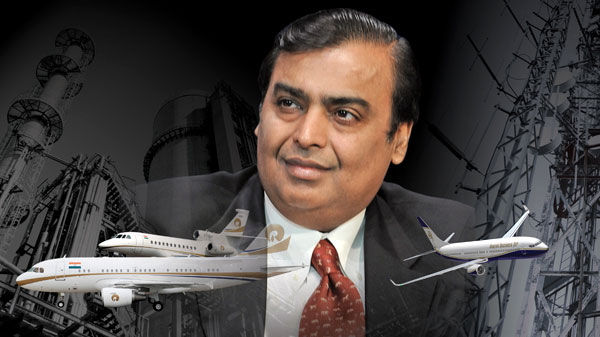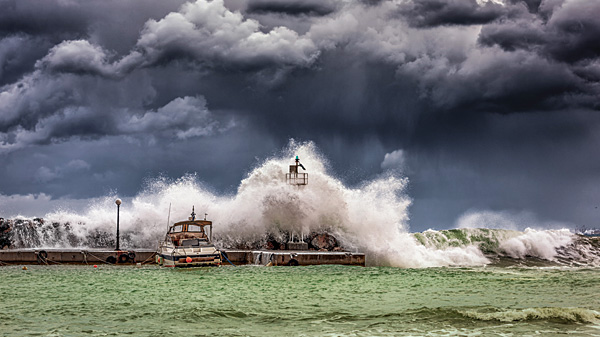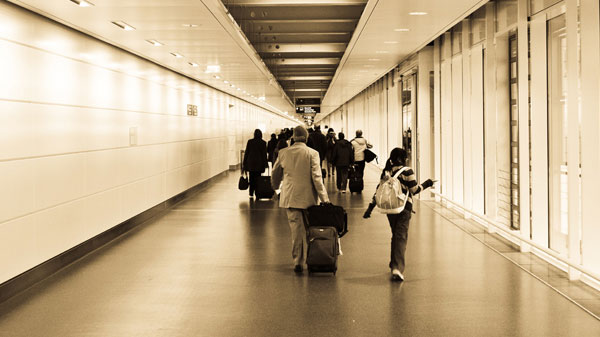As with any good dog year, the last 12 months started off skittish enough, before maturing into a more steady companionable phase, then gradually declining to a point where we knew the last wave of its paw was not long off. Overall, for Hong Kong, it has been the usual year of ups and downs, so let’s take a moment and reflect on the trials and tribulations of the canine calendar year just gone.

Things started on a good enough note, with the government declaring, as early as March, that, thanks to the city’s whopping budget surplus of HK$138 billion, more than 2.8 million Hongkongers would receive cash handouts of up to HK$4,000 apiece. As a development, it was one of the more visible manifestations of the government’s avowed mission to help the poorer sections of society as part of its ‘share and care’ policy.
If a clearer sign of the city’s robust economy was needed, it came courtesy of the extravagant 21st anniversary celebration of the SAR handover on 1 July. The flag-hoisting ceremony, attended by Chief Executive Carrie Lam and held within the city’s iconic Golden Bauhinia Square, just outside the Hong Kong Convention and Exhibition Centre (HKCEC), kicked off a full day of celebrations. This saw thousands of people hit the roads to watch the parades, sporting events, acrobatics, traditional lion dances and dragon dances, all organised by the Hong Kong Celebrations Association.

The highlight of the three-day event, though, was Lam’s speech, where she said: “Hong Kong has remained one of the safest cities in the world, with the overall crime rate down by 8.2 percent year-on-year in the first four months of 2018, the lowest figure since 1971. Meanwhile, the unemployment rate has dropped to a 20-year low of 2.8 percent and average earnings are up.”
Perhaps buoyed by the Chief Exec’s bulletin, Hong Kong remained resolutely cheerful as the year rolled on, a sentiment that segued into the FIFA World Cup fever that that gripped all-comers just weeks after the handover high jinks. Though Hong Kong, and even China, did not qualify for the tournament, the city was far from immune to the prevailing football frenzy, all nudged along, of course, by an F&B sector that had goals of its own that it was keen on delivering.

While football stars battled for ball possession on the soccer fields of the former Soviet Union, in Hong Kong it was already clear just who the winners would be – any hospitality business that got away with record trade and the sale of pints at highly marked-up price points.
Barely had the city got over its collective, however, when dark clouds started to gather. Indeed, the 2018 typhoon season proved one for the record books when super typhoon Mangkhut blew into town. Apparently an even more extreme weather event than 1937’s Great Hong Kong Typhoon – a tropical cyclone that took the lives of 11,000 people – it made landfall in Hong Kong in the wee hours of 16 September, bringing with it maximum wind speeds in excess of 230km per hour.

Hong Kong, however, took the 24-hour battering quite stoically, even though Hong Kong Observatory kept the storm signals raised at T10 for an unprecedented ten long hours. As to the SAR’s hardy residents, well, once the worst was over, they picked up right where they had left off – climbing over fallen trees, stepping around shards of glass and battling long queues at the MTR with nearly all of them back at work the very next day.
A number of concerned citizens, however, did raise concerns as to the possible impact the typhoon might have had on the soon-to-be-opened Hong Kong-Zhuhai-Macau Bridge. Belying all such worries, the 55km flyover stood firm and was finally opened on 23 October. For many, it was a much-delayed inauguration, given that all the major construction work on the bridge had been completed by 2017.

Such tardiness notwithstanding, the bridge, which cost a staggering US$8 billion, has since been hailed as an engineering accomplishment of breathtaking proportions and is deemed to be one of the largest man-made structures on the earth.
The bridge’s historic opening came hot on the heels of another milestone in the annals of Hong Kong’s public transport development – the US$10.7bn Guangzhou-Shenzhen-Hong Kong Express Rail Link, a part of China’s expanding 25,000km high-speed rail grid, opened just in time for Golden Week in late September, promptly triggering an upsurge in the number of visitors popping over from mainland China.

While new arrivals to Hong Kong are on the up, sadly enough, there are some existing residents that are facing eviction from their homes of record. Late in August, the Discovery Bay Marina Club – the city’s largest housing boat community and home to about 200 families – slapped its members with an eviction notice, giving them until 31 December to move out, maintaining the club would be closed for extensive repair, renovation and maintenance work throughout most part of 2019.
Though this most recent crisis will hopefully be resolved soon, it does paint an off-putting picture of some very real and persistent issues that affect Hong Kong – lack of space, sky-high rents and housing crisis – issues that, unless resolved quickly, will cast a long shadow over the incoming zodiac year. While hopes remain high, the “Pig’s Year” headlines are probably already being polished in certain quarters.
Text: Suchetana Mukhopadhyay
Photos: AFP, Imagine China






















































